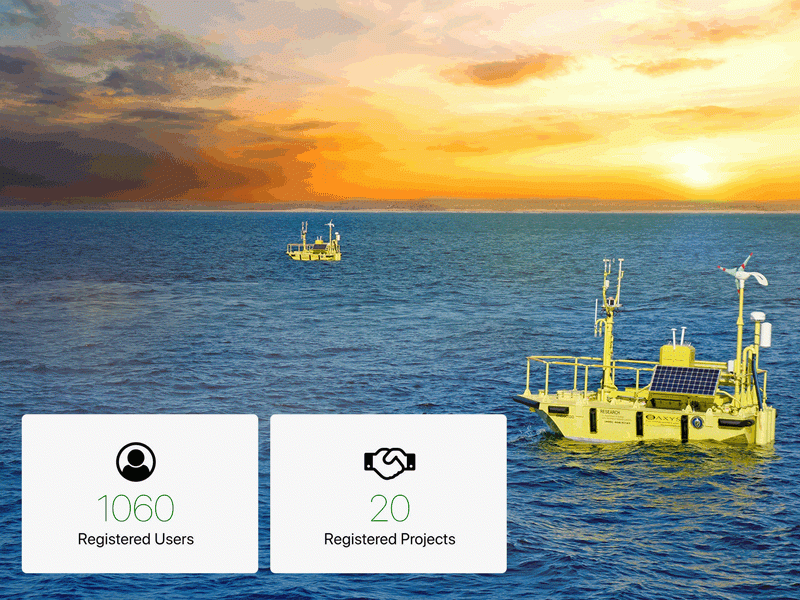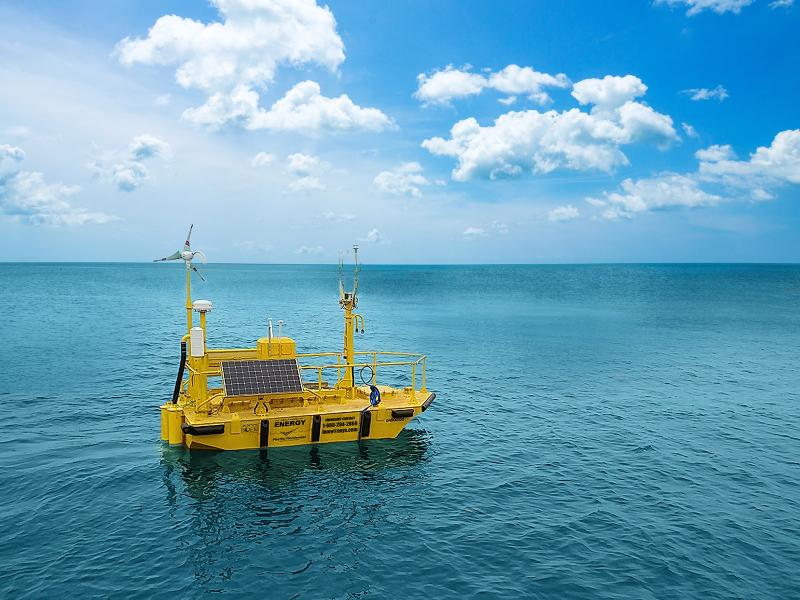
Wind Data Management
Wind Data Management
Managing data for wind research
Managing data for wind research
Capability Overview
Pacific Northwest National Laboratory (PNNL) leads the development of a wind data repository that provides researchers, wind plant owners, consultants, and wind turbine owners with secure, timely, easy, and open access to all laboratory, field, benchmark model, and data produced by Department of Energy Wind Energy Technologies Office (WETO)-funded research.
Challenges and Solutions
In developing new wind farms and transforming existing wind plant operations, stakeholders must consider a variety of factors to optimize power production while limiting losses and cutting operational costs.
PNNL data integration scientists inform such efforts using modeling, analysis, and simulation to help the industry gain a better understanding of wind plant operations. This data helps wind plant owners and consultants make decisions about where to locate wind turbines, how to optimize energy production from wind, and potential wake effects from wind plants.
PNNL also manages a portal designed to collect, store, curate, catalog, preserve, and disseminate the massive amounts of experimental and computational results generated by WETO-funded research. Keep reading to learn more.
Project Spotlight
Wind Data Hub
This portal provides the wind research community with easy discovery of and access to publicly available data, long-term data preservation, and secure authorized access to proprietary data. The hub also allows for automated data collection from field studies, data monitoring and visualization, and standardized data sets for easy analysis.
Access is given to both model and observational data. These include data from remote sensing systems, such as sodar, radar, and lidar as well as in situ measurements of basic meteorological and oceanographic variables. In addition, the Wind Data Hub also stores benchmark model output. The hub preserves data using PNNL’s Onsite Research Computing and Cloud resources.
The Wind Data Hub is helping to increase the wind industry’s confidence in its ability to securely share its proprietary data while also maximizing the use of federal resources by providing access to large field data sets.
Visit the Wind Data Hub.

